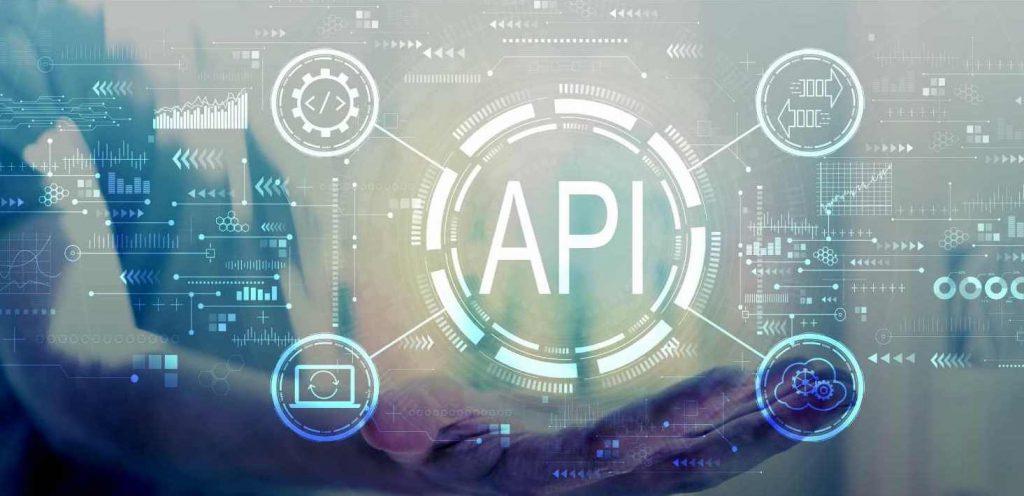As a software company in the healthcare space, we have a deep reverence for the Open API. This important feature changed what was possible in our industry from a software perspective.
The first API emerged on the internet in 2000 with the introduction of Salesforce. Ah, the memories.
Two decades later and open APIs are still the foundation of information sharing online. Let’s take a closer look at this transformative innovation.
What is an Open API?
To start, API stands for Application Programming Interface. It is true to its definition, in that it is an interface where software applications interact. We refer to them as “open” APIs because it conveys that the interface is a two-way street.
Think of an open API as a technological bridge between two separate software systems.
Before this innovation, information was very much siloed within individual systems. If data could be shared electronically at all, it was usually only possible in very specific, limited ways.
From an EHR/healthcare perspective, patients would have separate charts in separate EHRs for each of their providers. The primary care doctor’s system was unable to share info with the specialist, the specialist’s system was unable to talk to the laboratory’s platform, and so on.
In this way, the ceiling for comprehensive care and adequate ownership over health information was considerably lower than it is now.
As a result, the open API unlocked public access to data from proprietary systems.
Put more simply, the open API allowed everyone to easily share information electronically, or plug into other software systems as needed. In the EHR space, the ability to move information from one system to another and back again is critical.
Furthermore, not every EHR is going to offer every single function and feature that an organization may need to run their operation.
That is where the open API was, and still is, indispensable. It provides access to any software capabilities that you do not have internally.
.jpeg)
Open API and Software Innovation
Though open APIs first blazed this digital trail two decades ago, their function is still crucial to any operation’s present and future software endeavors.
In the present, the tech allows organizations to seamlessly plug into external software systems as needed.
And, arguably even more critical is the fact that open APIs give organizations the ability to adopt future software innovations without issue.
Look at telehealth, for example. From a technology standpoint, a dynamic video-conferencing tool through which providers could deliver virtual care to their patients would have been simply impossible ten years ago.
Now, open APIs facilitate easy integration with telehealth platforms, which has anchored the virtual care environment we currently find ourselves in.
Before the pandemic, telehealth was a solution that many providers had not yet adopted. However, once COVID-19 forced their hand, organizations were able to quickly implement the software because of that open API functionality.
Open API and Patient-Centered Care
Open APIs have also been integral in making patient-centered care a reality, rather than just an idea or goal.
One of the driving forces behind the creation of the 0pen API was that consumers were demanding more comprehensive ownership over their health records.
Before open APIs, a patient’s health records were fragmented across multiple individual systems. There was no way for a patient to compile or view their information in one place. Furthermore, providers may have difficulty treating patients precisely and efficiently without access to their full medical histories.
Fortunately, that data is no longer contained in those silos because of the 0pen API.
As a result, the patient can now be at the center of it all, with a free flow of information back and forth from external providers or systems.
.jpg)
Software Solutions: Further Education
Are you as big of an open API fan as we are? If not, that’s okay. We are the software techies in this relationship.
However, we hope you have a better understanding of just how important and innovative the open API was to our industry.
We mentioned that Salesforce first debuted the wonders of the API in 2000.
Twenty years later and Salesforce is still a popular customer relationship management (CRM) service that organizations of all kinds integrate with using an open API.
Along with CRM platforms, revenue cycle management (RCM) services are another type of software that organizations frequently connect with through open APIs.
Both CRM and RCM tools are important tools for health care providers. Some EHRs offer CRM and RCM tools, but many do not. Check out this blog that explores the importance of RCM capabilities for any provider.

